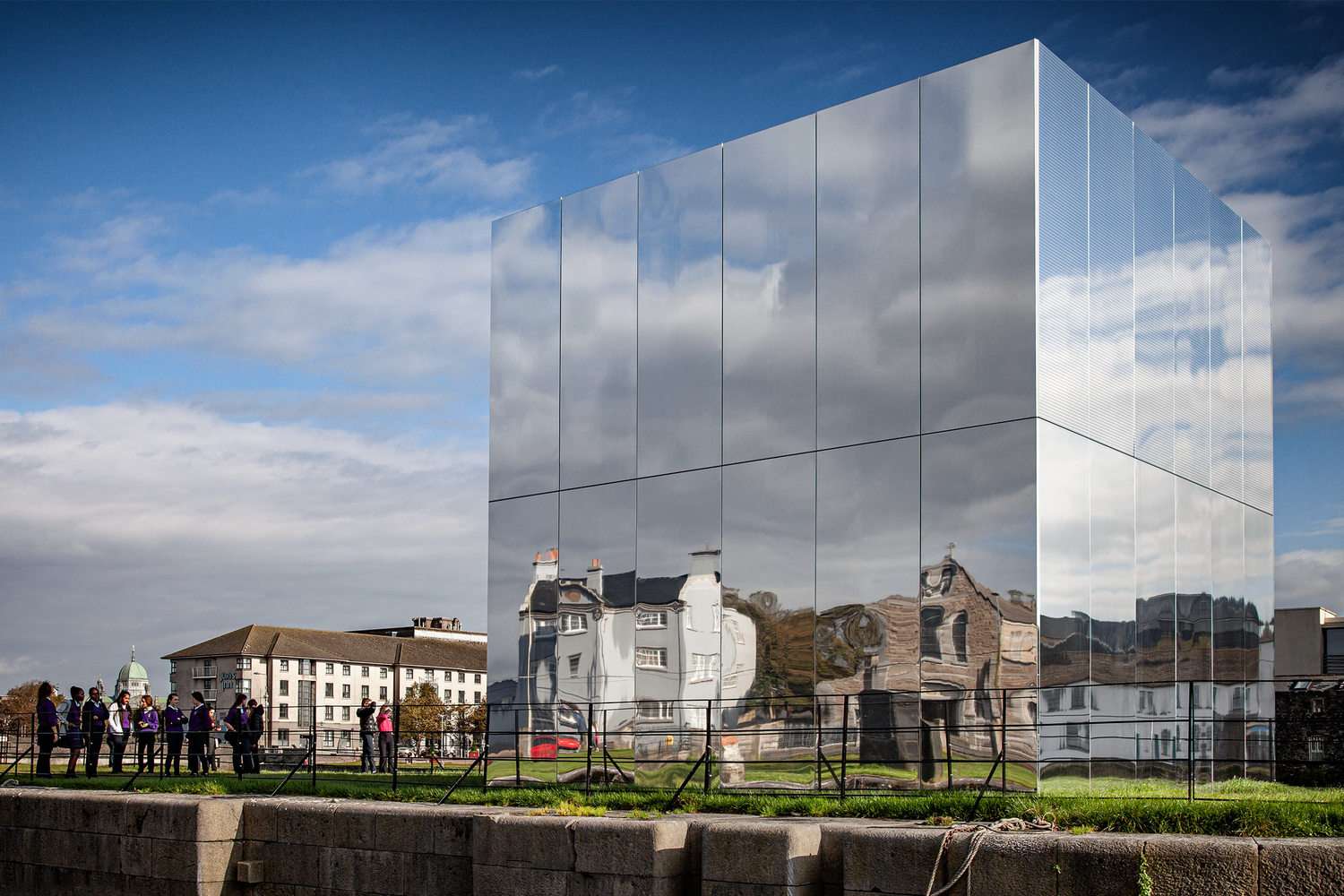At the heart of every coastal city lies a special place not just because it serves as an entry point or a hub for cargo, but because it started with the city itself . This is the port, which has never been just a dock for ships, but rather the beating heart of the city .
Yet, over time, and with urban expansion and major industrial shifts, the relationship between the city and its port has become strained almost like a love story that lost its way. So, can we rebuild this connection in a way that preserves identity while supporting sustainable urban development?
The answer lies in architecture , and in the ability of designers and urban planners to redefine spaces to reconnect past with present through thoughtful, integrated urban design that reflects identity and keeps pace with progress.

The Port: More Than Just an Entry Point It’s the Identity of the City
Without the port, the image of a coastal city feels incomplete. It’s the economic, cultural, and social face that connects the city to the wider world. But with the rise of modern ports equipped with large-scale infrastructure, and as cities expand horizontally and vertically, the physical and functional distance between city and port has grown, and the disconnect has become more obvious.
| Type of Port | Primary Role | Global Examples |
|---|---|---|
| Seaports | International shipping routes | Rotterdam – Shanghai |
| Coastal Ports | Local trade and maritime activity | Alexandria – Dubai |
| Inland Ports | River and lake cargo transport | Jinan – Aswan |
| Cruise Ports | Receiving tourists and cruise ships | Miami – Barcelona |
| Commercial Ports | Handling goods and freight | New York – Guangzhou |
| Industrial Ports | Exporting/importing manufactured goods | Los Angeles – Sapporo |
Why Did the City Drift Away from Its Port?
This separation didn’t happen out of neglect, but rather due to a series of natural and industrial changes:
- Ports expanded to meet global trade demands , while cities moved toward modern urban growth without shared planning.
- Advances in maritime technology led to larger ships needing more space, pushing activities away from urban centers.
- Lack of coordinated urban design turned highways, rail lines, and even security walls into both physical and psychological barriers between city and port.
- Growing environmental awareness made communities demand green spaces and recreational facilities along waterfronts, not just industrial zones.

Consequences of This Divide Not Just Economic
When a city drifts away from its port, the effects are far-reaching:
- Historic ports are neglected as cultural and architectural heritage
- The port loses its role in daily life
- Traffic congestion increases around port areas
- Visual and geographical safety declines
- Loss of tourism and cultural investment opportunities

How Architecture Can Bridge the Gap Between City and Port
The real challenge for urban planners and architects is to redefine the relationship between city and port in a way that blends sustainability, identity, and development.
1. Repurposing Neglected Spaces in Old Ports
Instead of abandoning historic ports, we can revitalize them into cultural hubs, entertainment centers, or even luxury residential areas. Just like what happened in Barcelona’s and Marseille’s ports , where industrial spaces were transformed into vibrant tourist and business destinations.
Global Examples:
Project Location Urban Transformation Port Vell (Barcelona) Spain From industrial dock to lively public space Euroméditerranée (Marseille) France Reviving old docks into mixed-use neighborhoods Brooklyn Waterfront New York From closed-off zone to walkable, active area

2. Designing Transitional Spaces Between City and Port
Urban pathways, outdoor stairs, and pedestrian bridges aren’t just architectural solutions they’re tools to reconnect people with the natural environment. These spaces create visual and physical bridges between city and sea.
3. Upgrading Transportation Infrastructure Between City and Port
Designing multi-modal transportation routes railways, highways, walking and cycling paths helps ease the movement of goods and people without disrupting daily life. Here, urban architecture plays a key role in organizing these flows to serve all users.
4. Developing Vibrant Waterfronts
Waterfronts are more than just scenic spots they’re economic and social hubs . Adding cafes, galleries, open-air theaters, and museums makes the port part of everyday life again.
ArchUp continues to track transformations in the construction sector, documenting innovative projects that redefine how cities are built.
Architecture: The Maker of Human Connection to Place
Architects don’t just design buildings they shape the relationship between people and places. Their role is central in:
- Creating integrated spaces between city and port
- Using sustainable materials that respect the marine environment
- Applying smart technologies to manage traffic and movement
- Blending historical heritage with modern urban design
Today, architecture isn’t just about function it’s about human experience , about making the port feel like a natural extension of the city’s soul .

Conclusion: The Future of Coastal Cities Starts at the Port
A port doesn’t have to be a point of separation it can be the bridge between past and present, economy and culture, people and nature.
Every coastal city has the chance to rewrite this relationship, if it follows a few simple principles:
- Shared planning between government and private sectors
- Community-inclusive strategies
- Use of technology and innovation in urban design
- Prioritizing environmental and social sustainability
This isn’t just about development it’s a revolution in urban thinking , redefining what life in a coastal city can mean.
Are We Ready to Bring the Port Back Into the Heart of the City?
The answer begins here in the design studio , with an architect who sees a story behind every wave , and holds in their hands a new urban canvas one that reconnects people with place, city with port, past with future.






